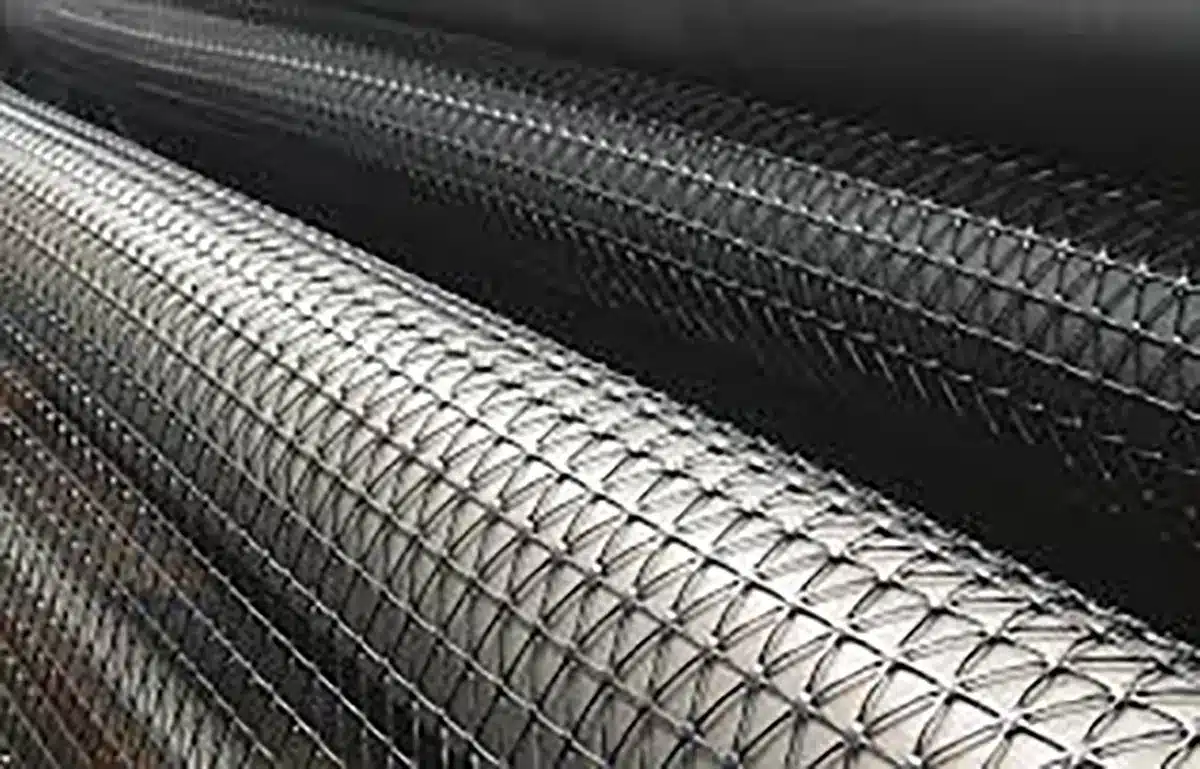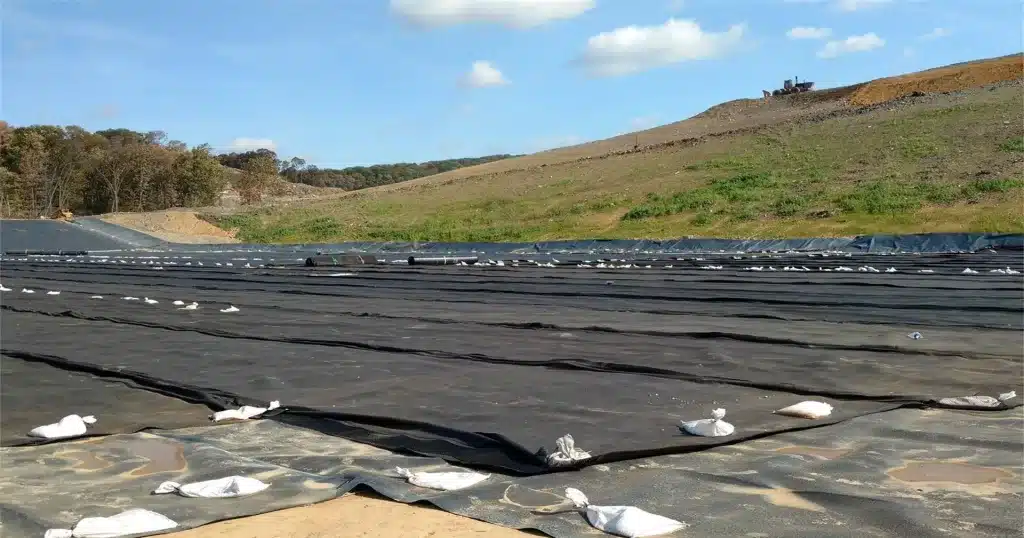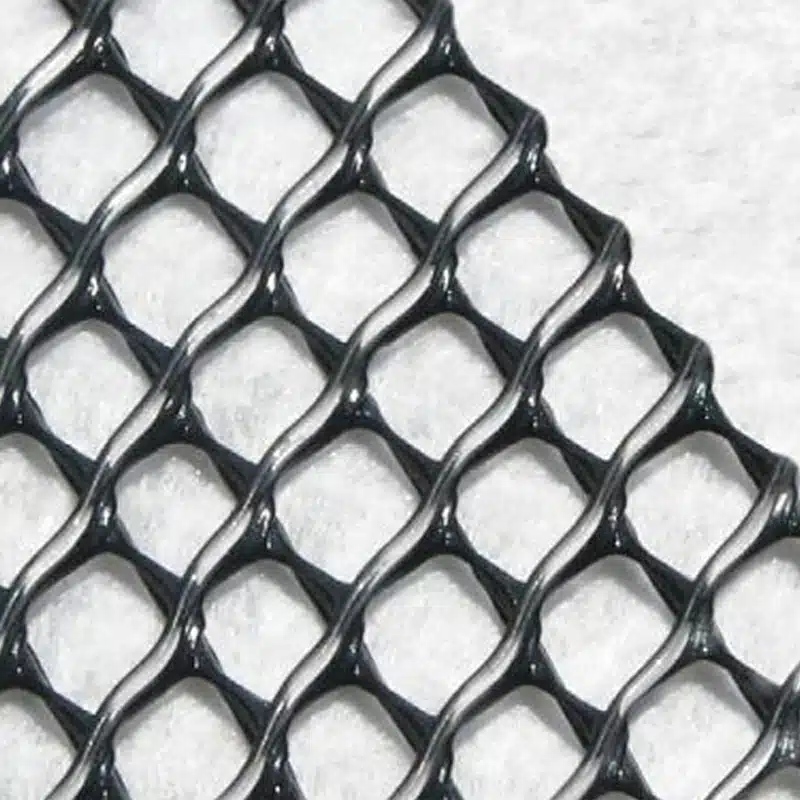+86-159 9860 6917
info@geofantex.com
geofantex@gmail.com
+86-400-8266163-44899
Geosynthetics have revolutionized erosion control techniques, offering innovative solutions to prevent soil loss and mitigate environmental damage. This article delves into the world of geosynthetics, exploring their functions, benefits, and role in erosion and sediment control.

What are geosynthetic mats for erosion control?
Geosynthetic mats for erosion control are synthetic materials designed to stabilize soil and prevent erosion on slopes, embankments, and drainage channels. These mats come in various forms and serve different purposes:
- Geotextiles: Woven or non-woven fabrics placed beneath soil layers to reinforce, separate, and filter, helping to control erosion.
These mats are widely used in civil engineering projects to reduce sediment loss, control water flow, and protect landscapes during and after construction. - Erosion Control Blankets (ECBs): Typically biodegradable or synthetic, used temporarily to protect soil and support vegetation establishment.
- Turf Reinforcement Mats (TRMs): Durable, permanent mats that reinforce vegetation and stabilize soil even under high-flow conditions.
- Geocells and Geonets: 3D or mesh-like structures that confine soil, reduce erosion from water runoff, and improve load distribution.
What are geosynthetics in erosion and sediment control?
Geosynthetics in erosion and sediment control refer to materials like geotextiles, geogrids, and geomembranes used to manage erosion, sediment runoff, and soil stabilization. Geotextiles, for instance, act as filters, allowing water passage while retaining soil particles, and reducing erosion and sedimentation.
How do geotextiles prevent erosion?
Geotextiles act as a shield between the soil and water, allowing water to pass while shielding soil particles from being washed away. This helps create a stable environment, fostering vegetation growth, reinforcing soil, and decreasing erosion from water flow impact.

What are the five major functions of geosynthetics?
Geosynthetics serve multiple crucial functions:
- Reinforcement: Strengthening soil, improving its ability to bear weight and maintain stability.
- Filtration: Acting as filters, enabling water flow while halting soil erosion.
- Drainage: Assisting water drainage to prevent accumulation and lower erosion risks.
- Separation: Preventing blending of different materials like soil and aggregate, preserving their distinct functions.
- Protection: Safeguarding against physical, chemical, or biological harm, maintaining soil integrity as a moisture barrier.
Understanding geosynthetics and their role in erosion control is crucial for sustainable land management and environmental preservation. By leveraging these materials, we can create more effective erosion control strategies that minimize environmental impact and promote long-term stability.


Get Free Sample
We’ll respond as soon as possible(within 12 hours)






















